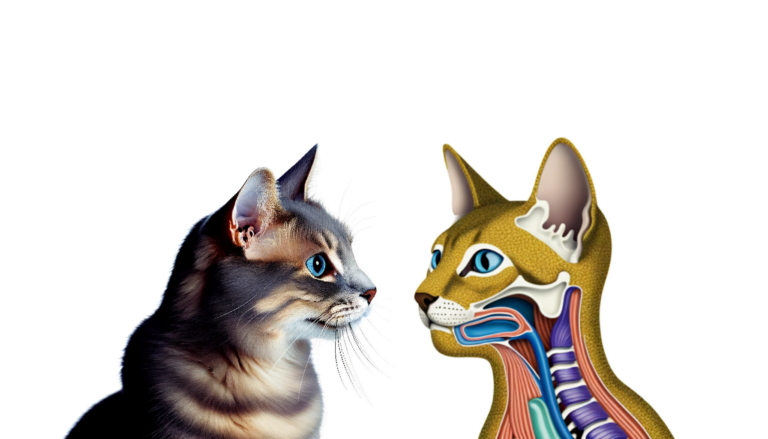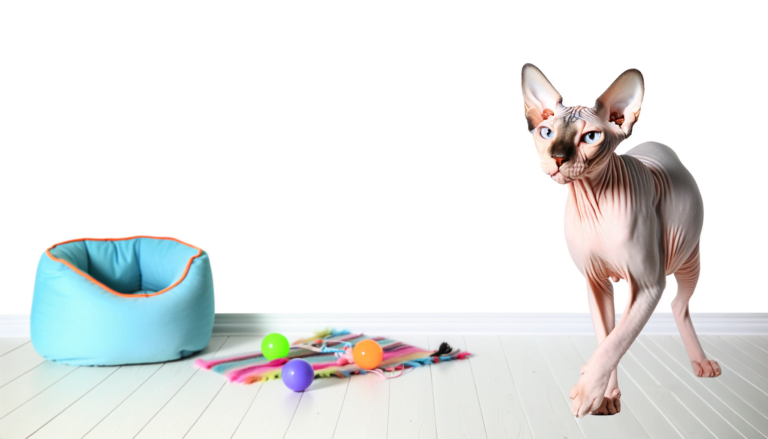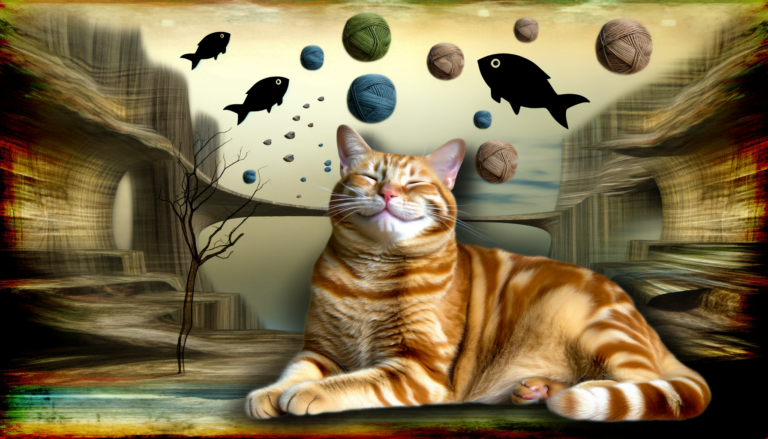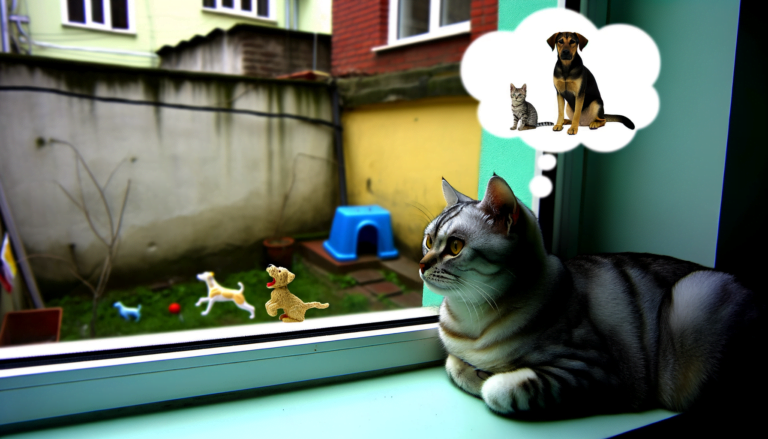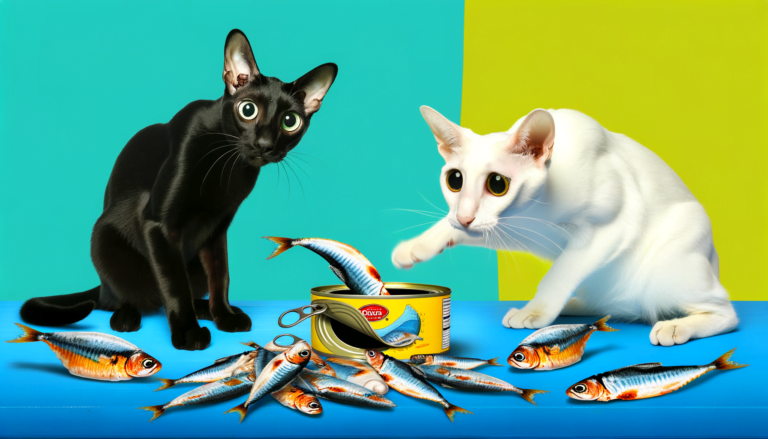Unraveling Feline Secrets: Do Cats Express Glands When Happy?
Contrary to popular belief, cats do not express glands when they are happy. This common misconception may stem from the confusion with some animals that do express glands under various emotional circumstances. In fact, cats do possess scent glands in many parts of their bodies, such as cheeks, paws, and the base of the tail. However, these glands are often used for territorial marking, not as a sign of emotional expression like happiness. It is more accurate to interpret a cat’s happiness through their behavior and bodily cues, such as purring, relaxed body posture, slow blinking, and other signs of comfort and contentment.
The Misconception About Cats Expressing Glands When Happy
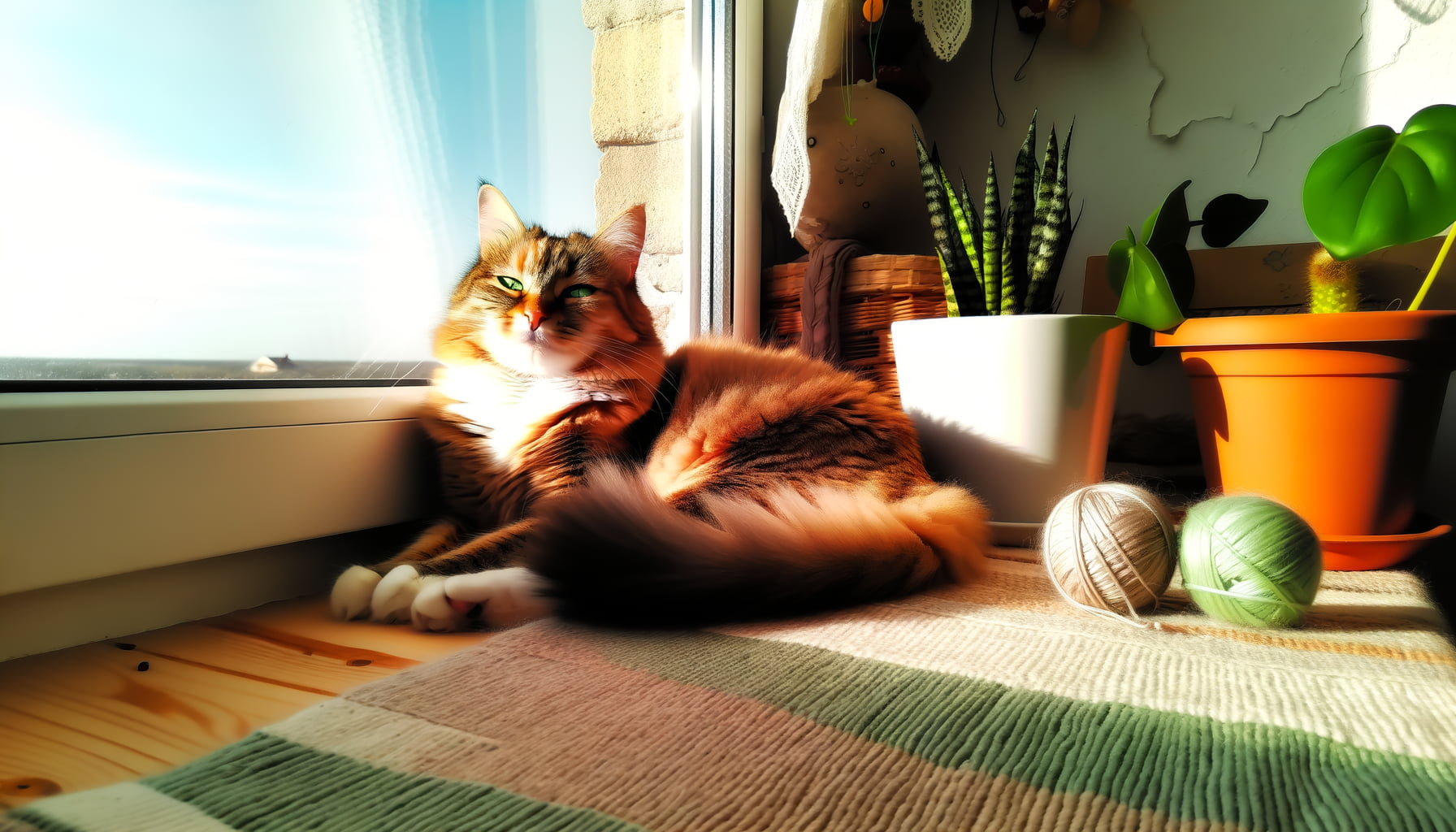
Many people believe that cats express their glands, particularly their scent glands, as an expression of happiness or contentment. While it’s true that cats do have a variety of glands that can secrete different substances, it’s a misconception to view these secretions purely as signs of feline joy. Cat glands, specifically anal glands, can release secretions due to a multitude of reasons, both emotional and physiological, including fear, stress, or health issues. Therefore, interpreting such secretions as purely expressions of happiness may lead to misreading a cat’s emotional state or even irresponsible pet care.
Moreover, cats have other, much more reliable ways of communicating their happiness. For example, a cat may show satisfaction by purring, kneading, or showing its belly, none of which are directly related to gland secretions. It’s essential to understand these behaviours to accurately interpret your pet’s emotions.
Instead of relying on such a simplistic interpretation of cat behaviour, it’s important to consider a more nuanced understanding of feline psychology. Cats are sophisticated animals with complex emotional lives, and their behaviours often reflect this complexity. Thus, attributing their actions merely to glandular activity oversimplifies their emotional expressions and may prevent an accurate understanding of their real experiences.
The Science Behind Cat Gland Secretions
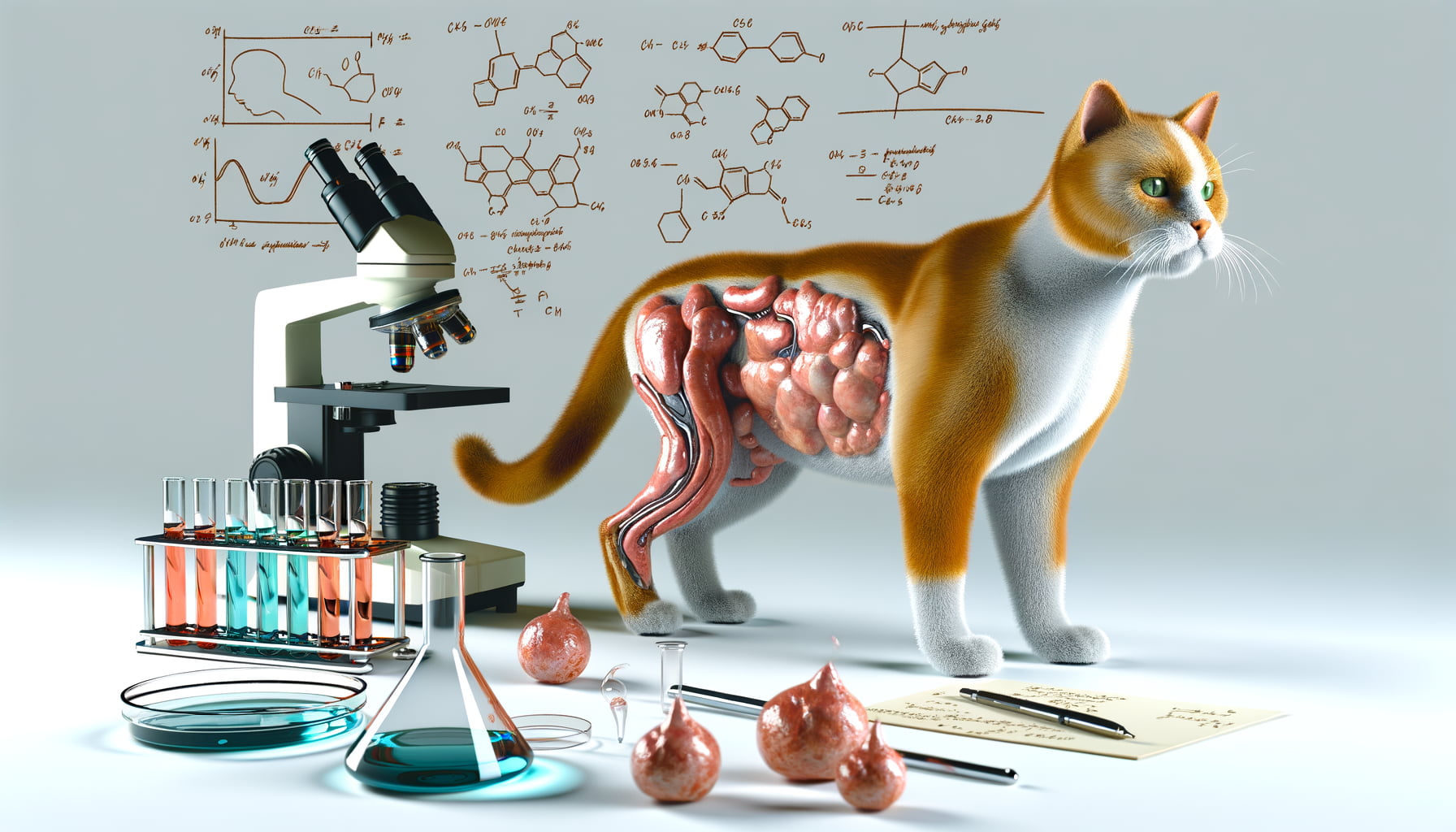
Ever marveled at the enigma that is the feline specie? Cats have a unique and rather intriguing physiological system that assists them in their day-to-day communication. One of these systems is their gland secretion mechanism that aids them in marking territory and leaving behind a piece of their identity. Cats use a number of glands located in different parts of their body – cheeks, paws, flanks, to mention a few.
The science behind cat gland secretions is quite intriguing. These secretions contain a variety of compounds including hormones and pheromones that serve as a ‘signature scent’ unique to each cat. As your cat rubs against various surfaces, items, and even you, they are essentially depositing their smell thereby creating a familiar scent environment. It’s a saavy way of saying “I was here.”
However, it’s critical to differentiate between a cat’s normal scent marking behaviour and glandular secretions induced by extreme emotions like fear or happiness. While some believe gland expression happens when cats are happy, there isn’t concrete evidence to back up this claim. Cats do have glands that may involuntarily express when startled, but it’s a far stretch from linking these actions to their happiness. The unique nature of cats makes it fascinating to study them, yet it’s equally important to have a nuanced and factual understanding.
How Cats Express Happiness: Not Just About Glands
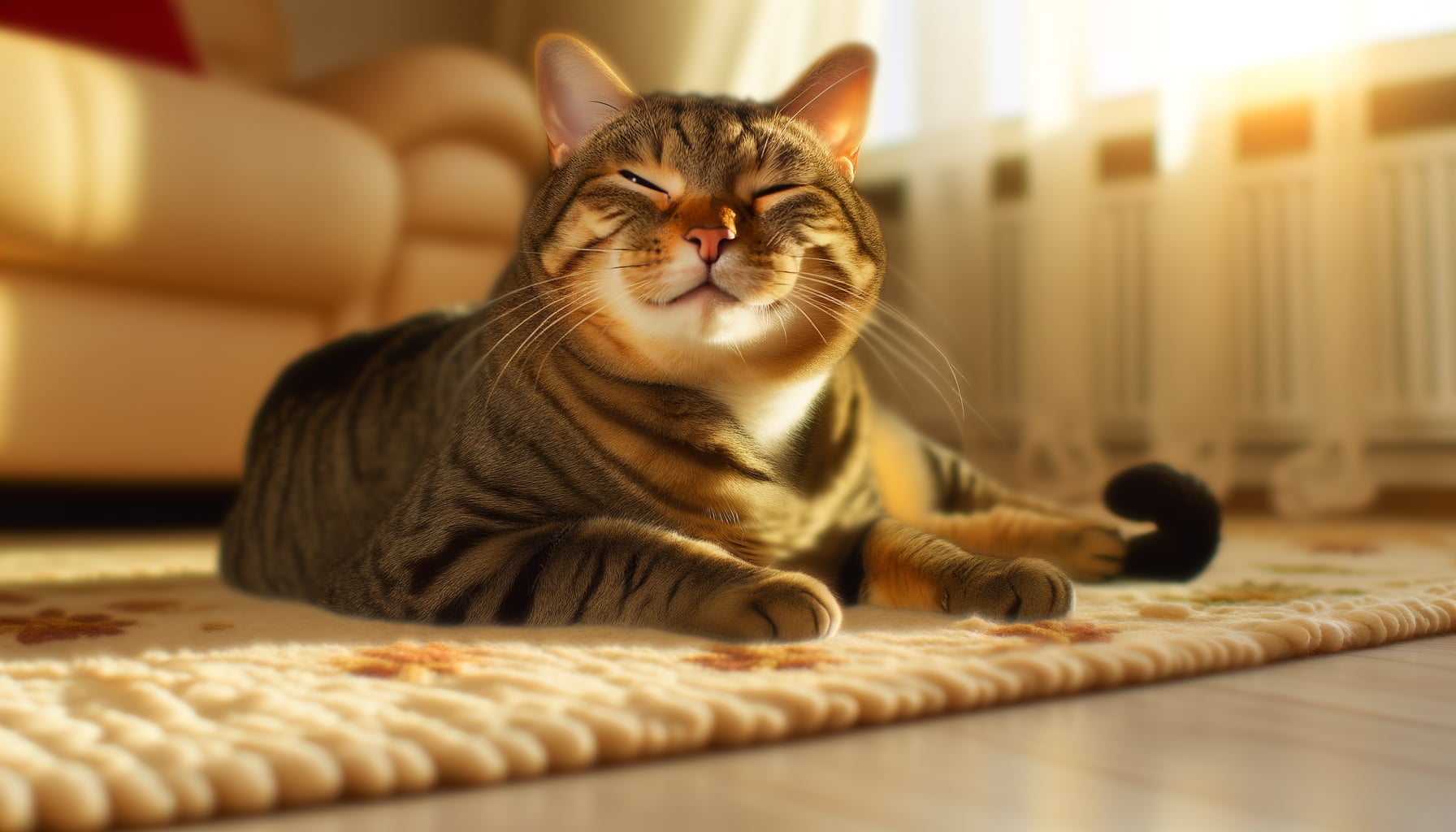
With their intriguing and distinctive behaviors, cats have a unique way of expressing happiness, which extends beyond the physiological function of glands. Oftentimes, a cats’ happiness is revealed through nuanced body language and behavior patterns that one needs to observe closely.
One of the most common ways cats express happiness is through their tails. A high, straight-up tail showcases a content and happy cat. Beyond that, purring is a widely recognized hallmark of feline joy. This harmonious hum is not just a sound, but a vibration, providing a twofold expression of feline satisfaction.
Moreover, cats express their happiness through kneading. This rhythmic action, which is often observed when a cat uses its paws to push in and out against a soft surface, is a robust sign of contentment. It’s crucial to understand these behaviors to correctly read your cat’s emotional state. In this regard, gland expression doesn’t necessarily signal happiness in cats. Rather, the matter is much more intricate and involves myriad behaviors that allude to a cat’s wellbeing.
Understanding Feline Emotions and Behaviours
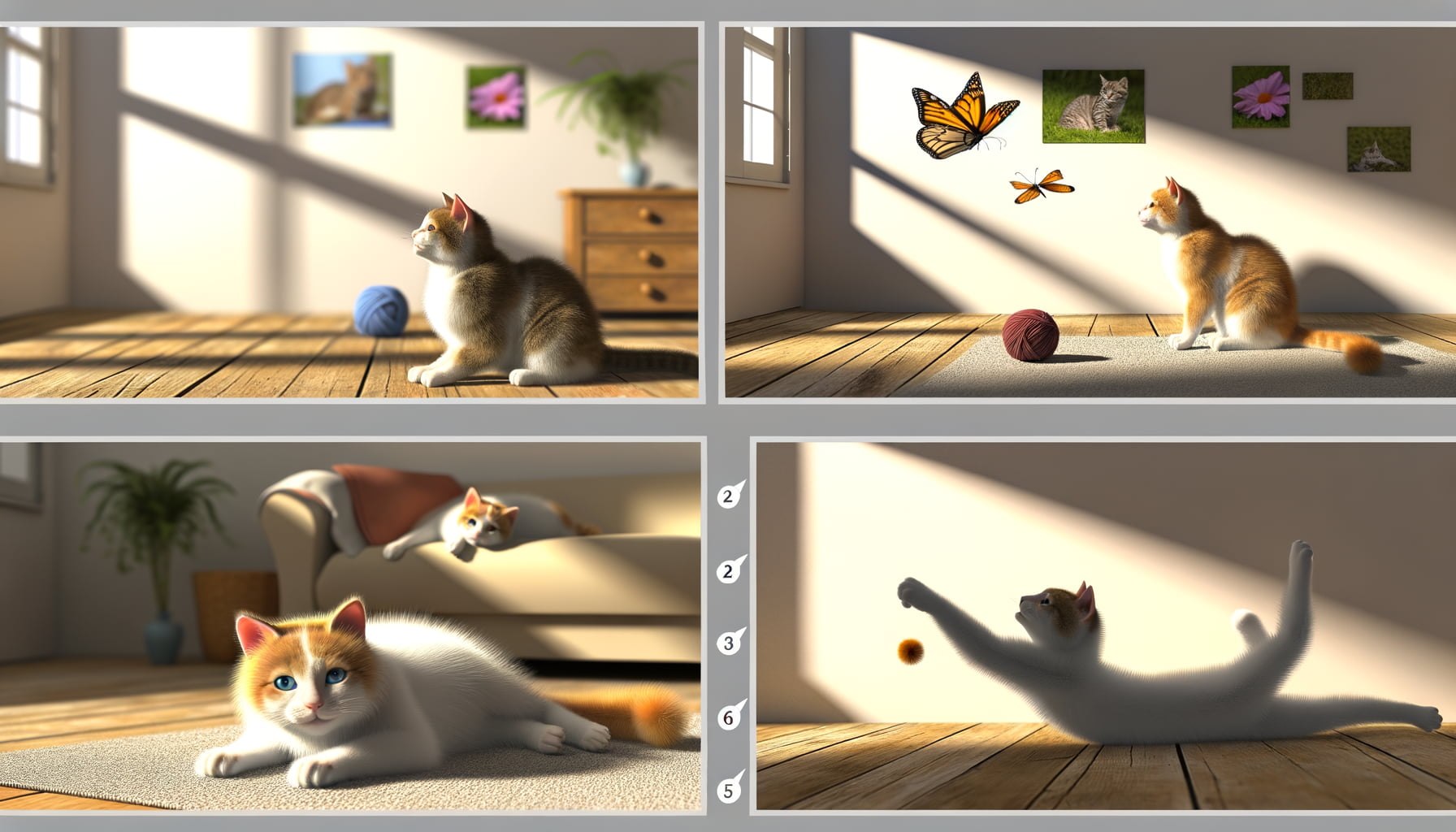
Among the most enigmatic creatures in the world are cats. Their behaviors and emotions are a fascinating blend of apparent indifference and intense affection. Making sense of this can be challenging. The key to grasping it lies in the understanding that cats communicate differently from humans or even dogs, relying more on a combination of body languages, vocal sounds, and pheromone releases.
One can begin to understand feline emotions and behaviours by observing and interpreting their body languages and vocalizations. Cats with relaxed bodies and slow blinking eyes are illustrating contentment; while a hissing cat with an arched back indicates fear or aggression. Added to these signs are the more subtle cues provided by pheromones, chemicals secreted by glands that carry messages to other cats and, to an extent, to attentive humans too.
However, the eternally intriguing question amongst cat enthusiasts and experts alike is whether cats express glands when happy? While it’s true they have a complex system of glands that release pheromones, concluding that gland expression directly correlates to happiness might be an oversimplification. Hence, it is an intriguing concept to further learn and analyse about feline world and behaviour patterns, which will be explored in the subsequent sections of this article.
Conclusion
Through the collection of evidence and research into feline behavior, the question of whether cats express glands when happy remains a mystery. The complexities of cat behavior continue to intrigue and captivate researchers and cat lovers alike, shedding light on the intricacies of these enigmatic creatures.
As we delve deeper into the world of cats, unlocking their secrets and nuances, we are reminded of the importance of observation and understanding in deciphering their behavior. The journey to unraveling feline mysteries is ongoing, as we strive to enhance our knowledge and appreciation of our beloved feline companions.

